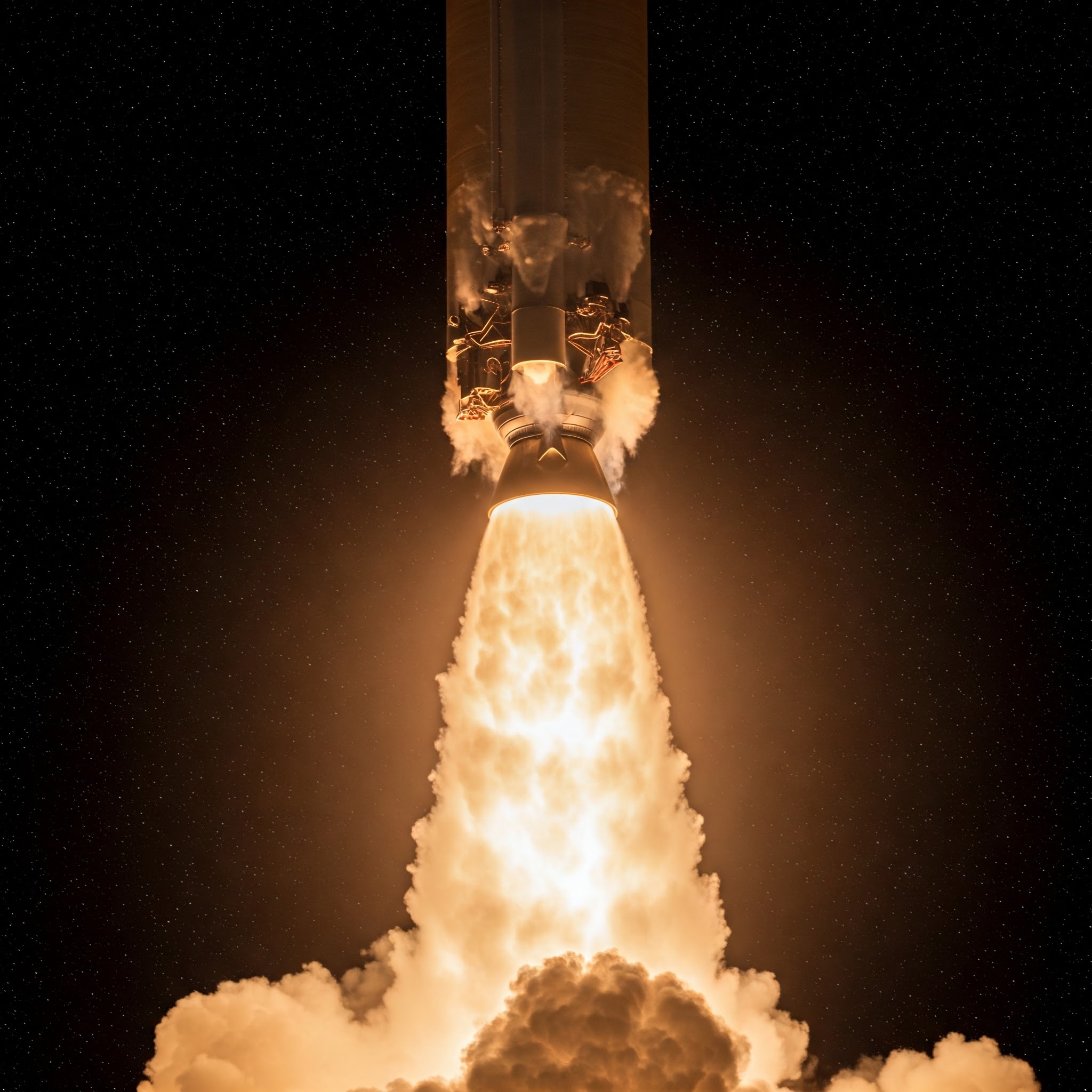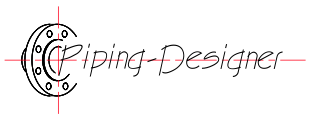Thrust
Thrust Force formula
|
||
| \( F \;=\; \dot m_f \cdot v_e \) | ||
| Symbol | English | Metric |
| \( F \) = Thrust Force | \(lbf\) | \(N\) |
| \( \dot m_f \) = Mass Flow Rate of the Exaust | \(lbm \;/\; sec\) | \(kg \;/\; s\) |
| \( v_e \) = Exaust Velocity | \(ft \;/\; sec\) | \(m \;/\; s\) |
| \( p_e \) = Exaust Pressure | \(lbf \;/\; in^2\) | \(Pa\) |
| \( p_a \) = Ambient Pressure | \(lbf \;/\; in^2\) | \(Pa\) |
 Thrust force, abbreviated as \( F \), is a reaction force that propels an object forward, created when a system expels or pushes mass in the opposite direction. According to Newton’s third law of motion, every action has an equal and opposite reaction, meaning that when a fluid (such as air, water, or exhaust gases) is forced backward, the object generating that flow experiences a forward force known as thrust. This principle is fundamental in the operation of engines, propellers, and jet turbines, which produce thrust to overcome drag and enable motion through air or water. In engineering and physics, thrust is typically measured in newtons and represents the primary force responsible for moving vehicles such as rockets, airplanes, ships, and even certain mechanical systems.
Thrust force, abbreviated as \( F \), is a reaction force that propels an object forward, created when a system expels or pushes mass in the opposite direction. According to Newton’s third law of motion, every action has an equal and opposite reaction, meaning that when a fluid (such as air, water, or exhaust gases) is forced backward, the object generating that flow experiences a forward force known as thrust. This principle is fundamental in the operation of engines, propellers, and jet turbines, which produce thrust to overcome drag and enable motion through air or water. In engineering and physics, thrust is typically measured in newtons and represents the primary force responsible for moving vehicles such as rockets, airplanes, ships, and even certain mechanical systems.

